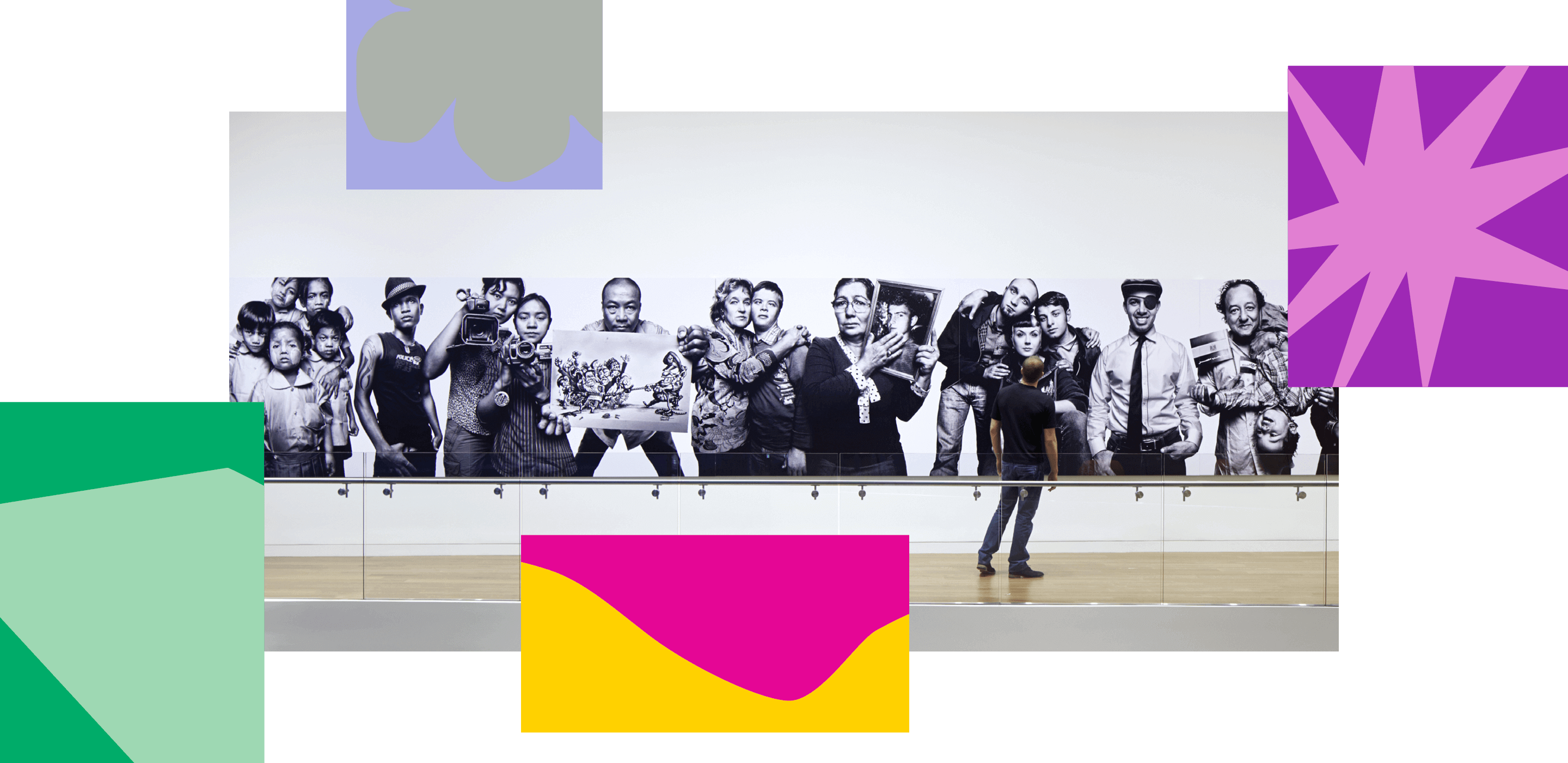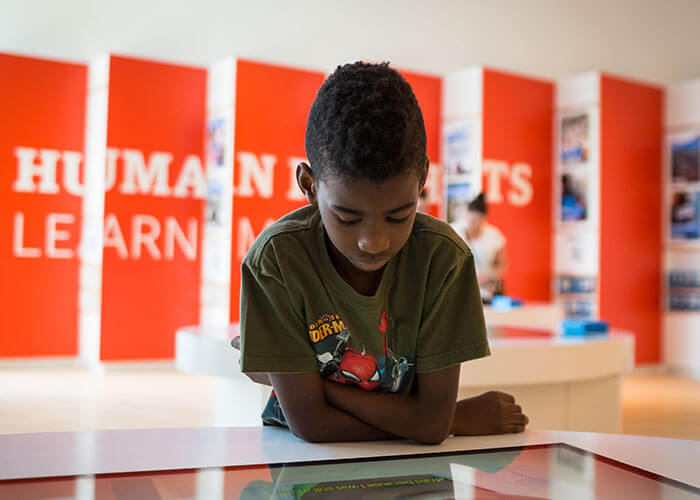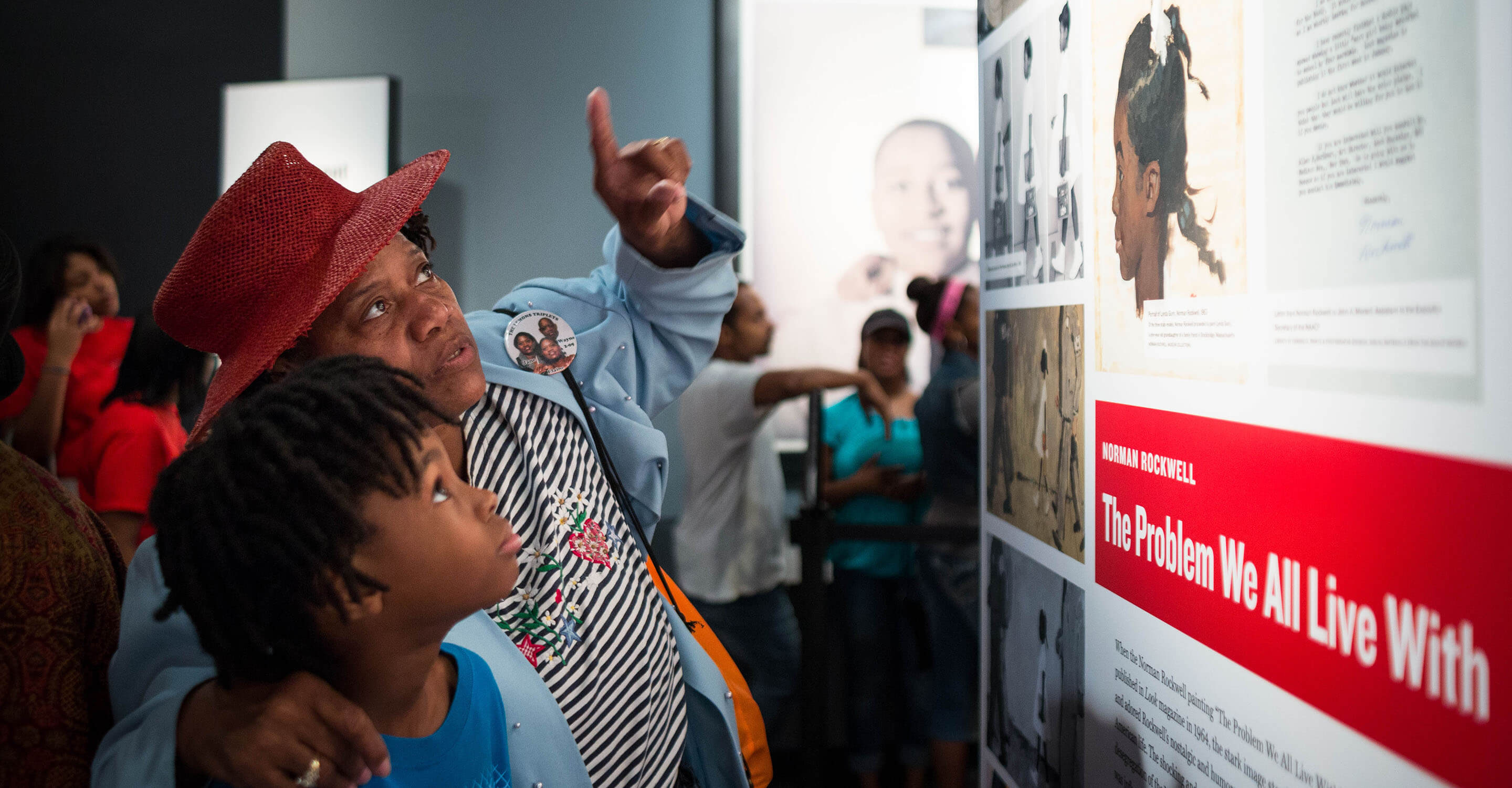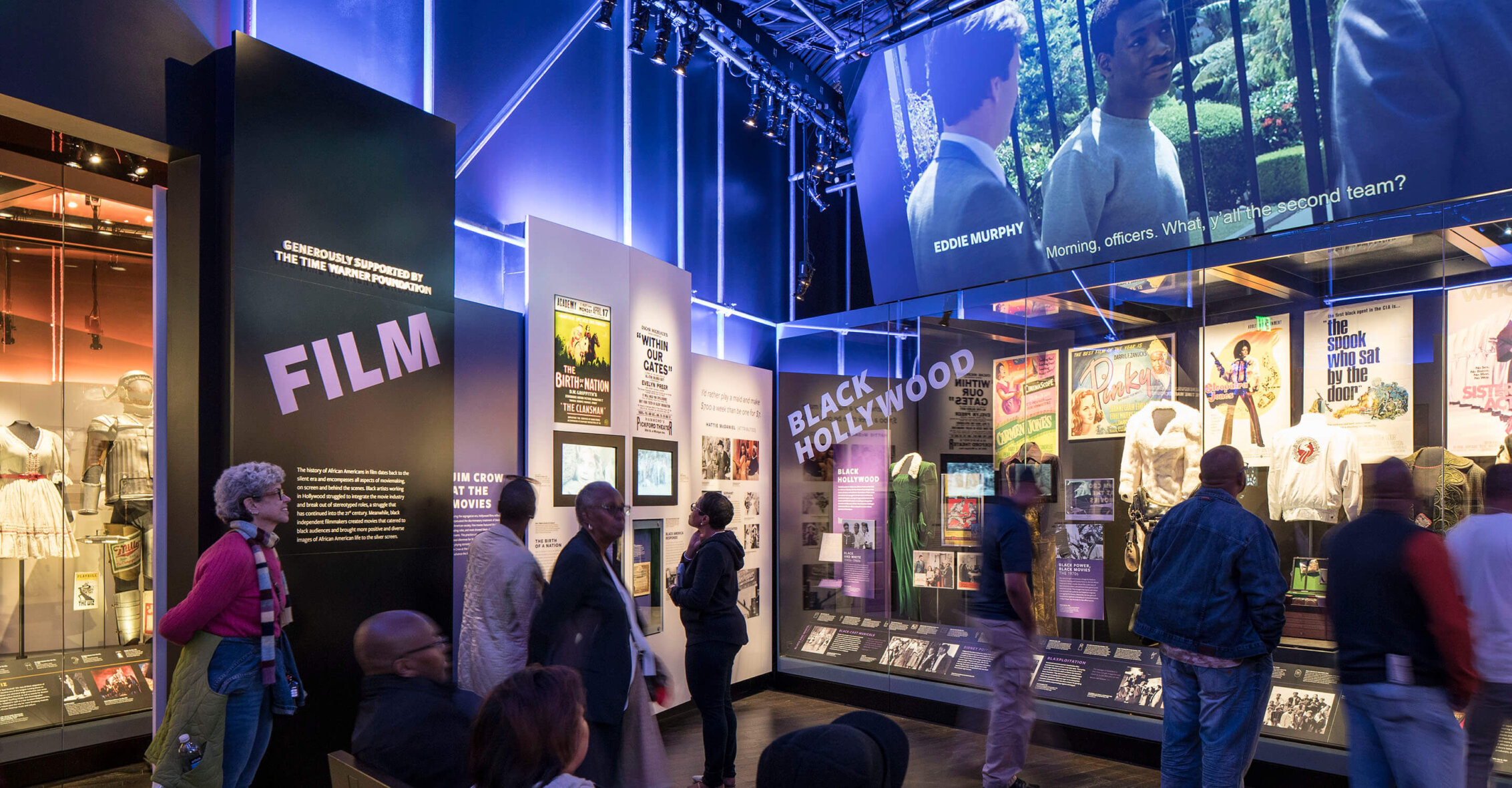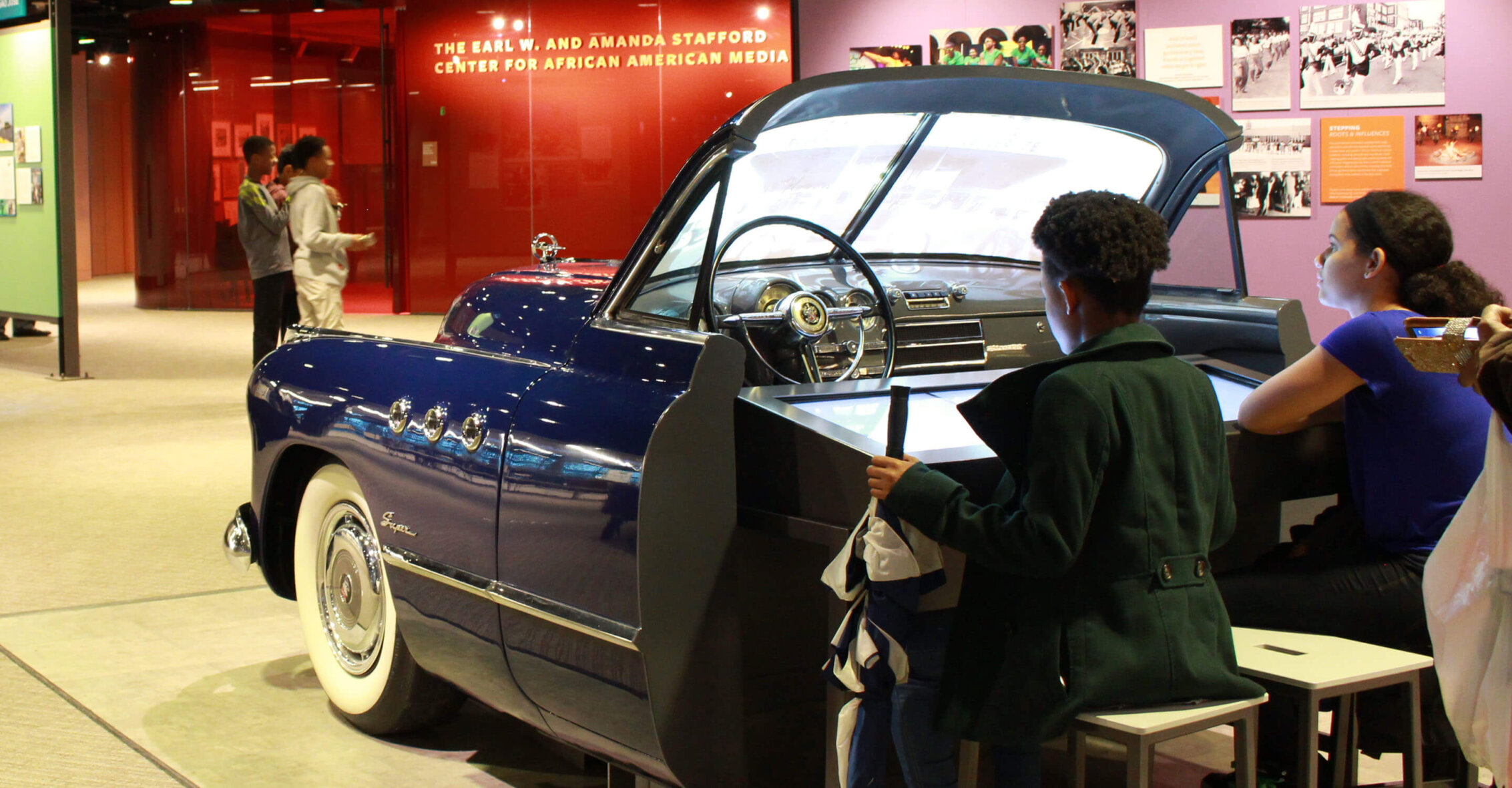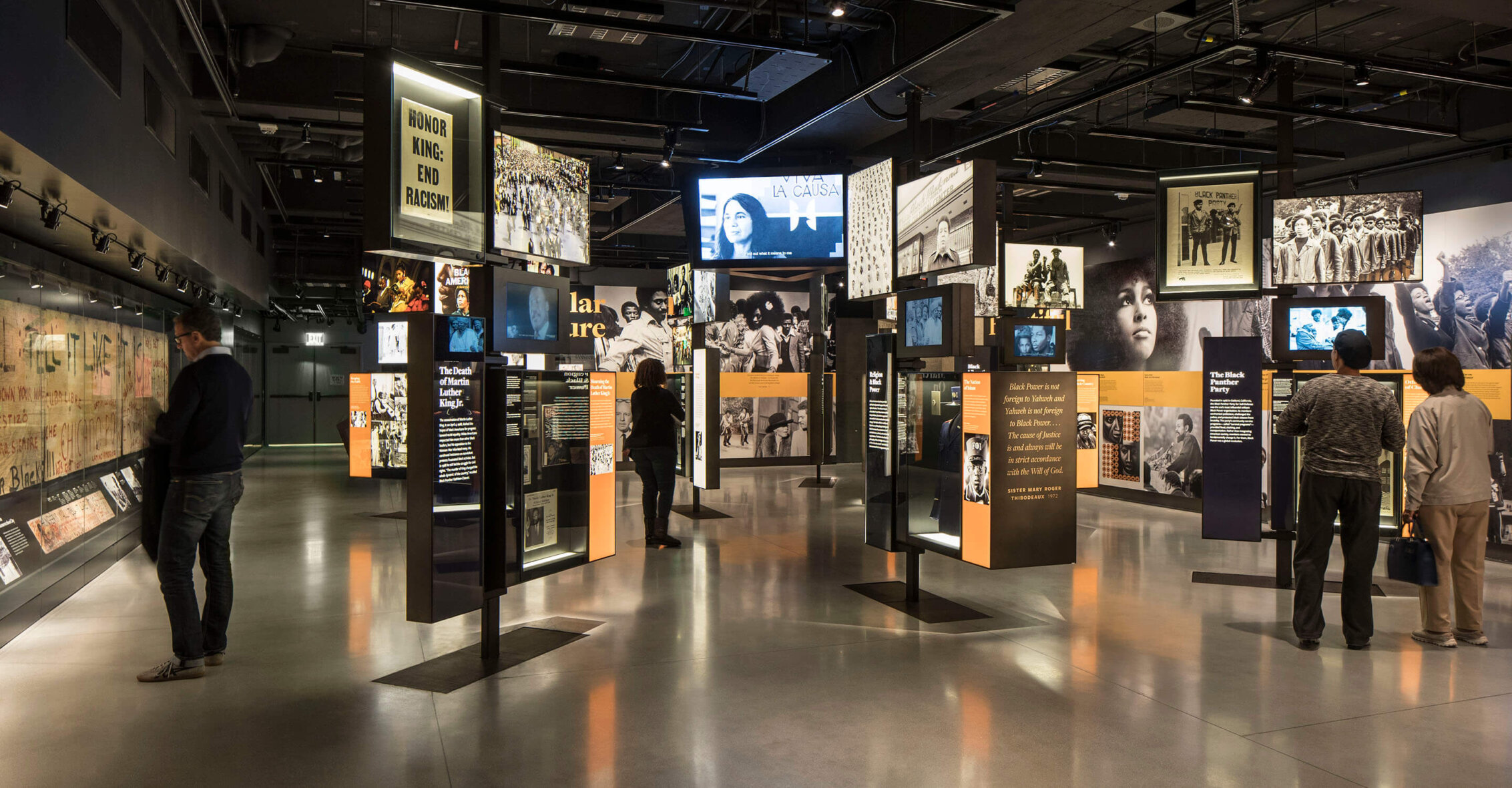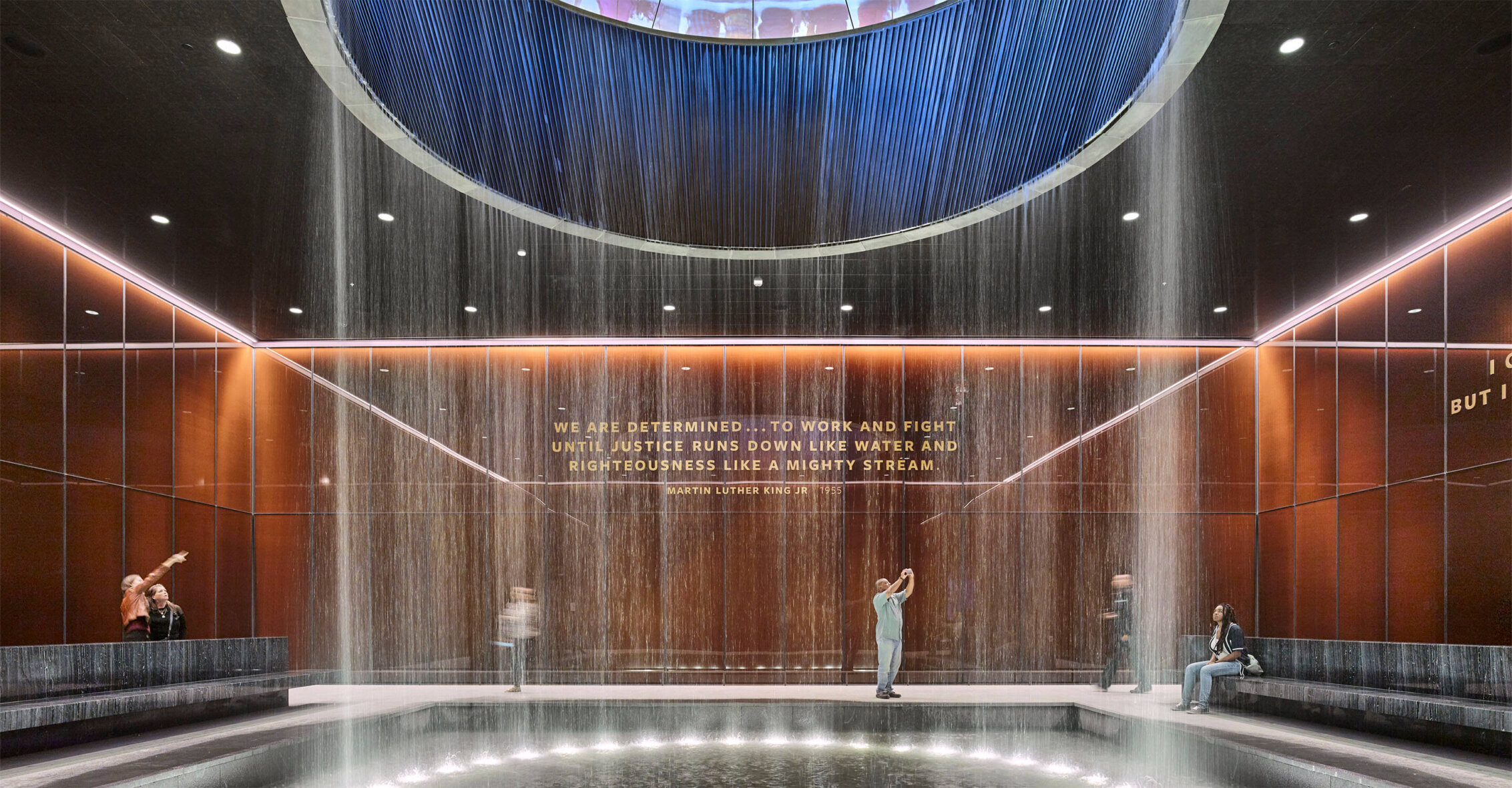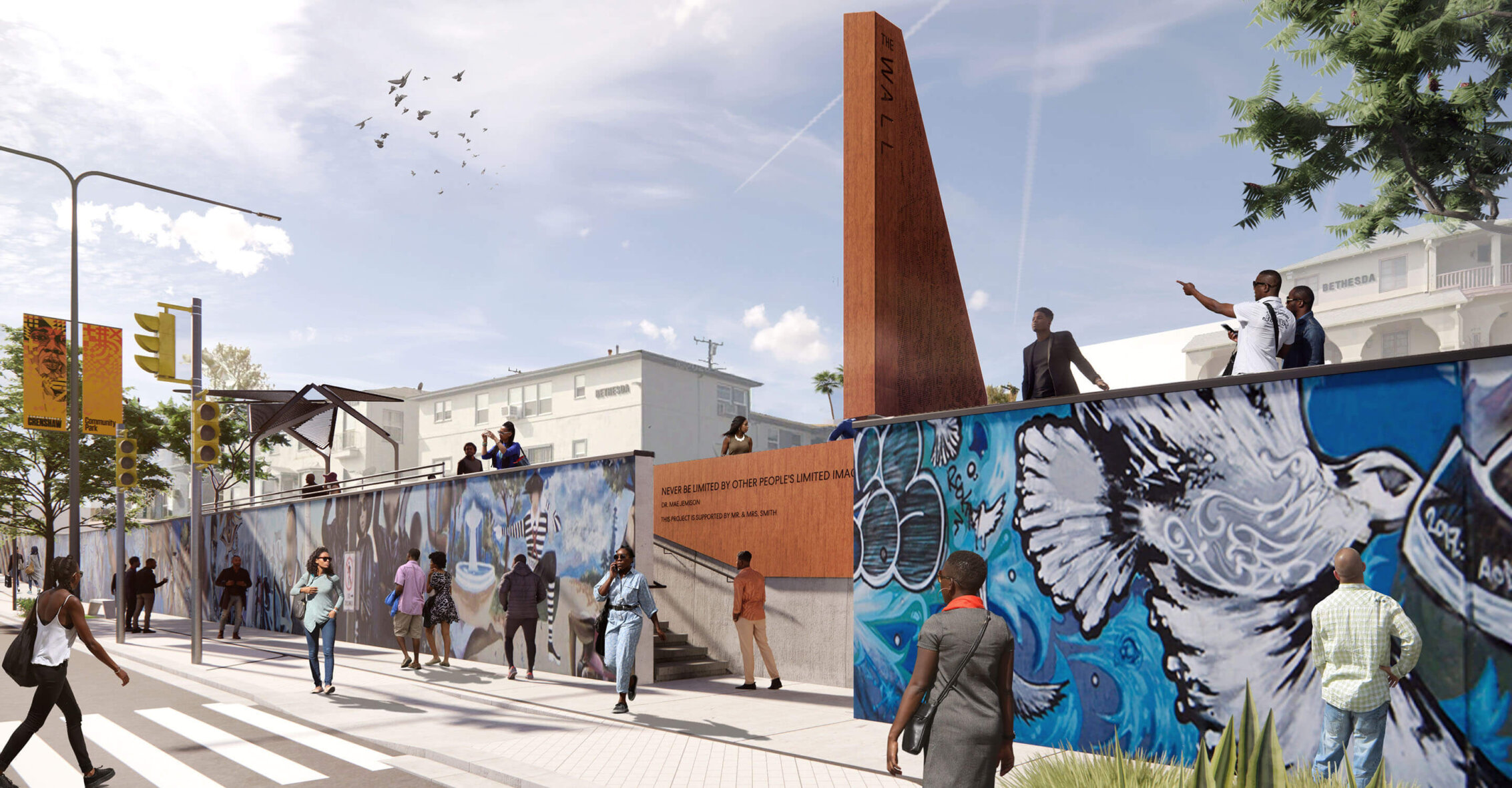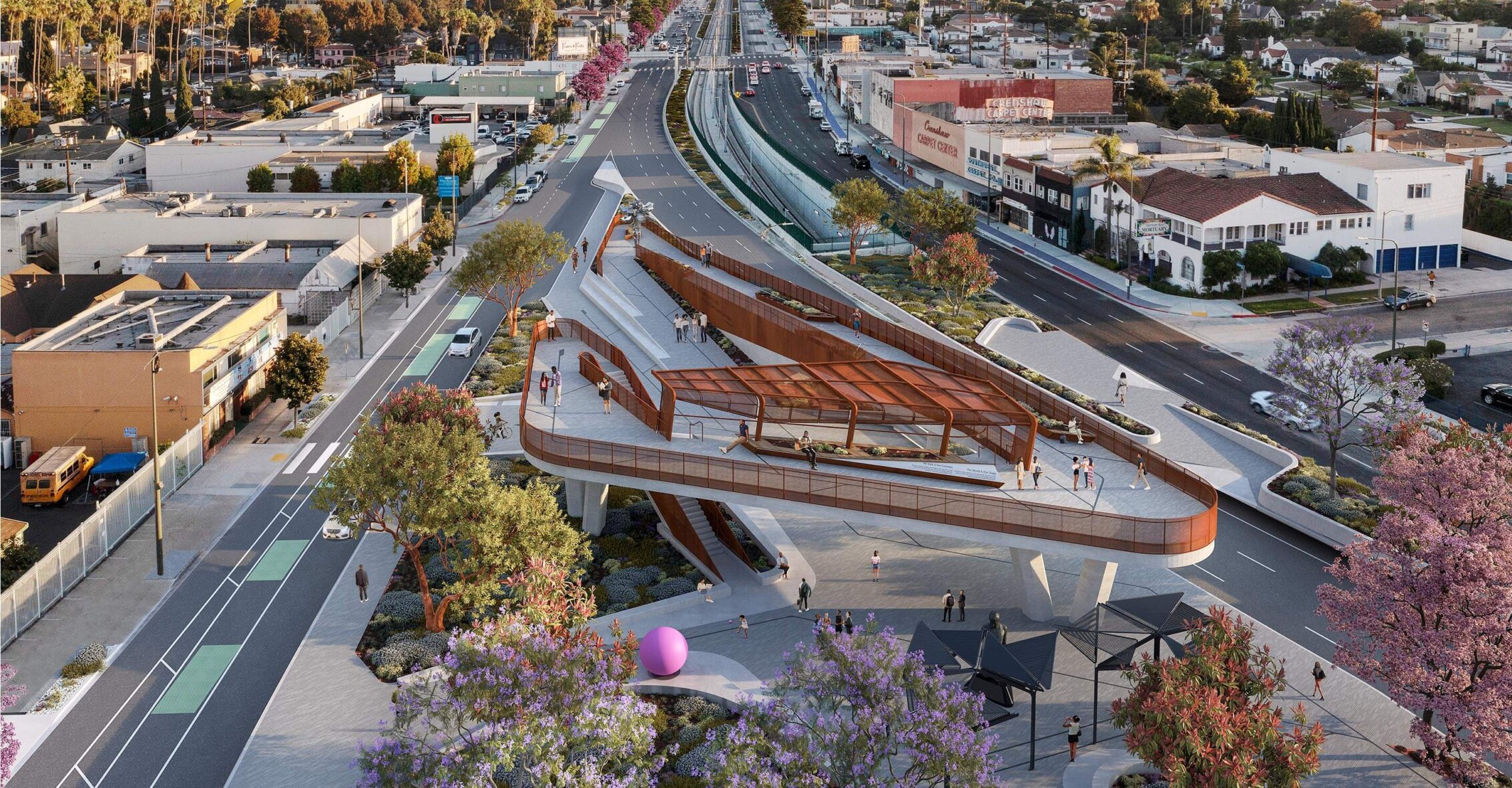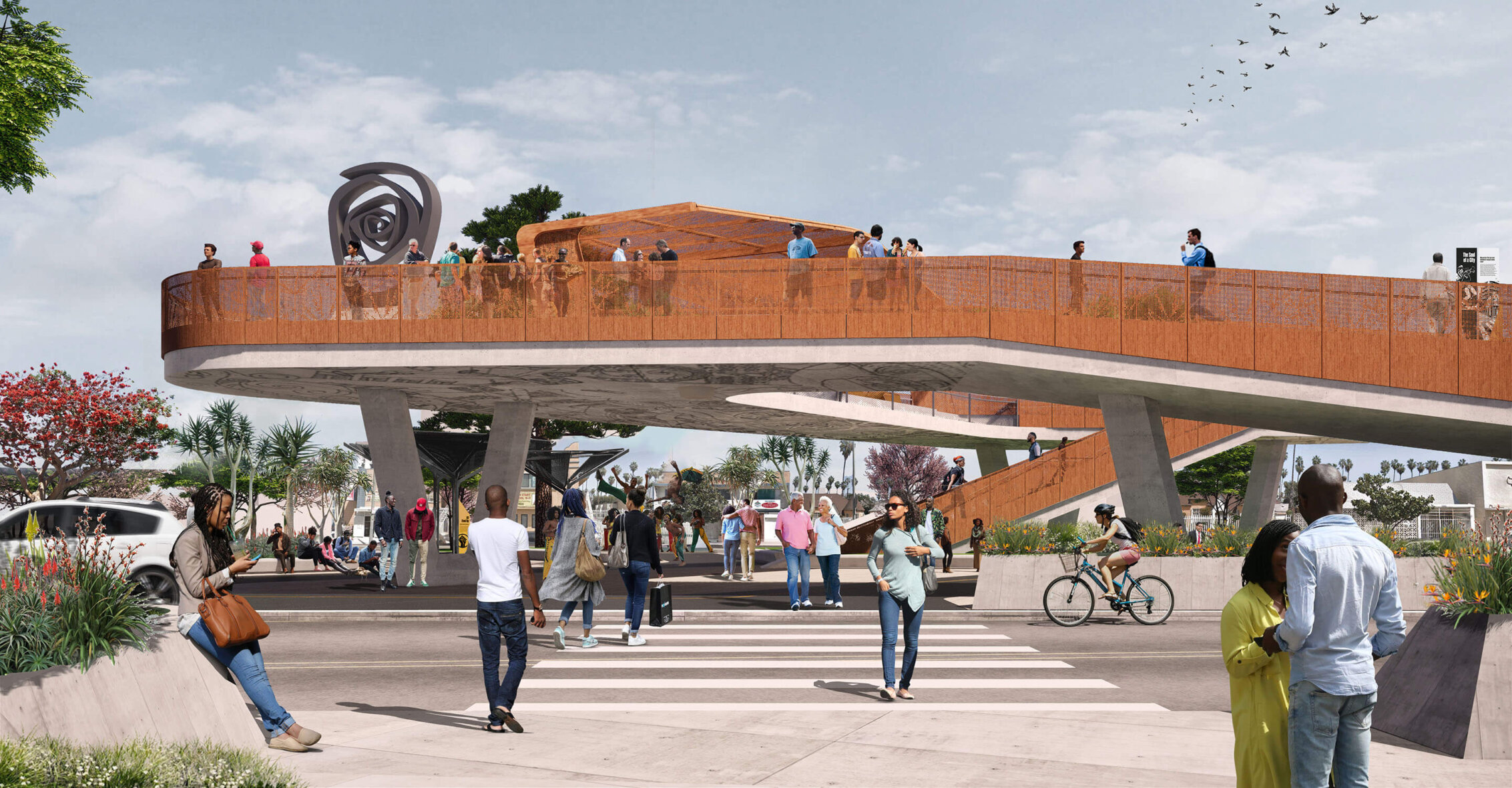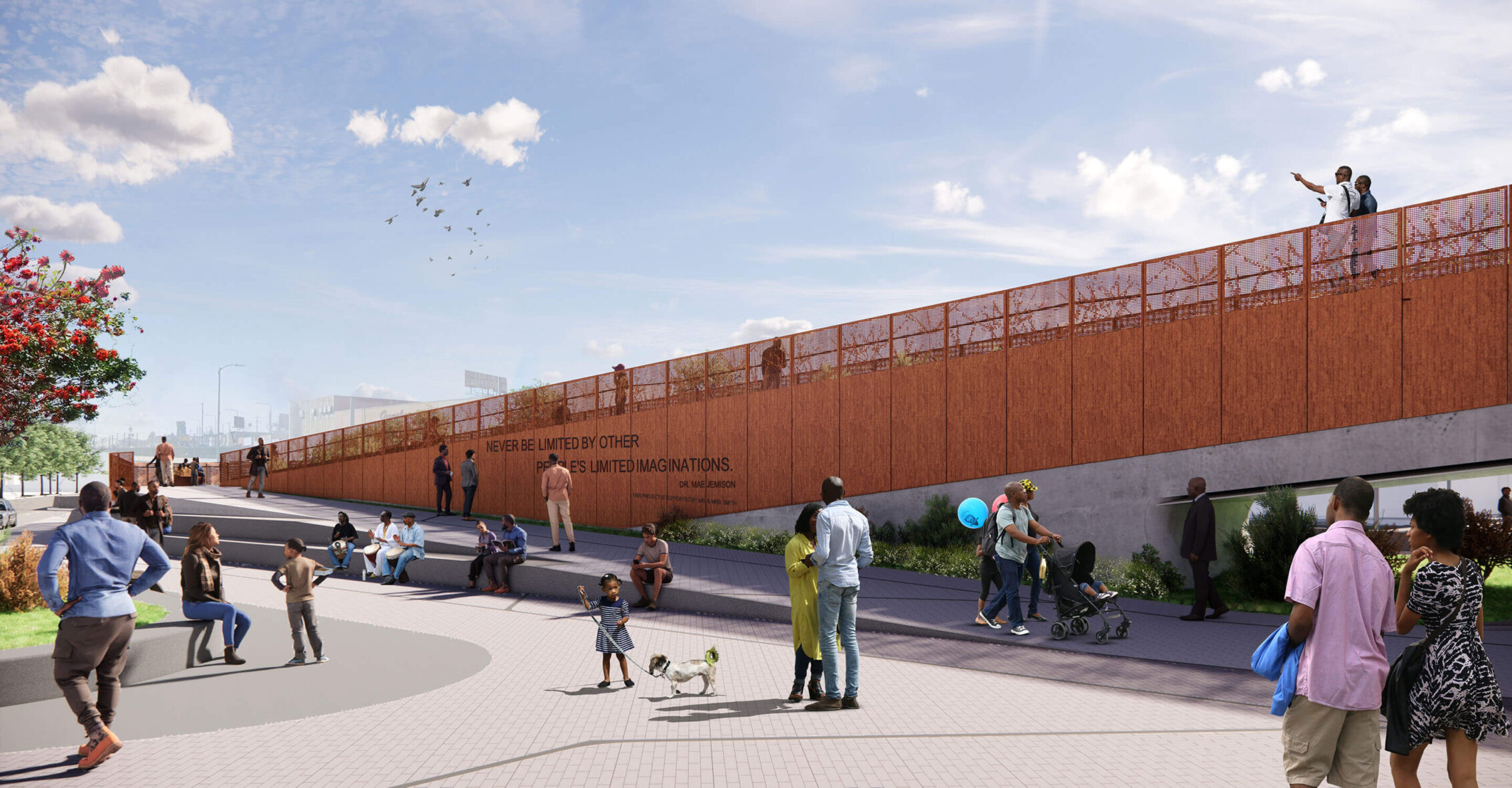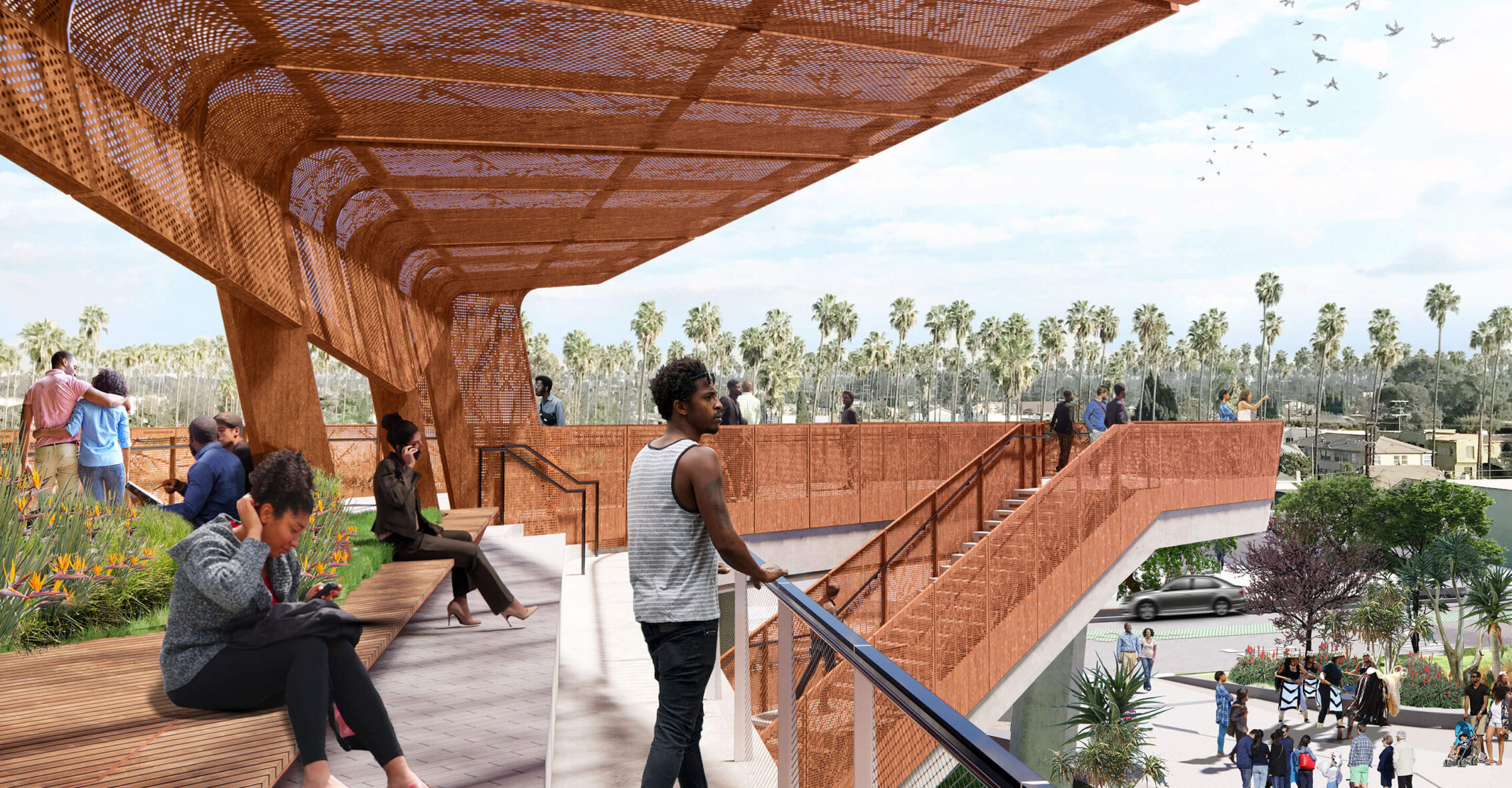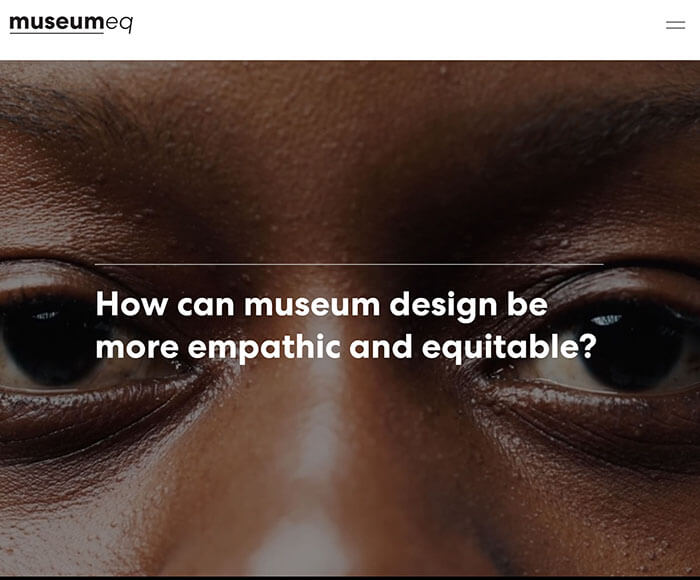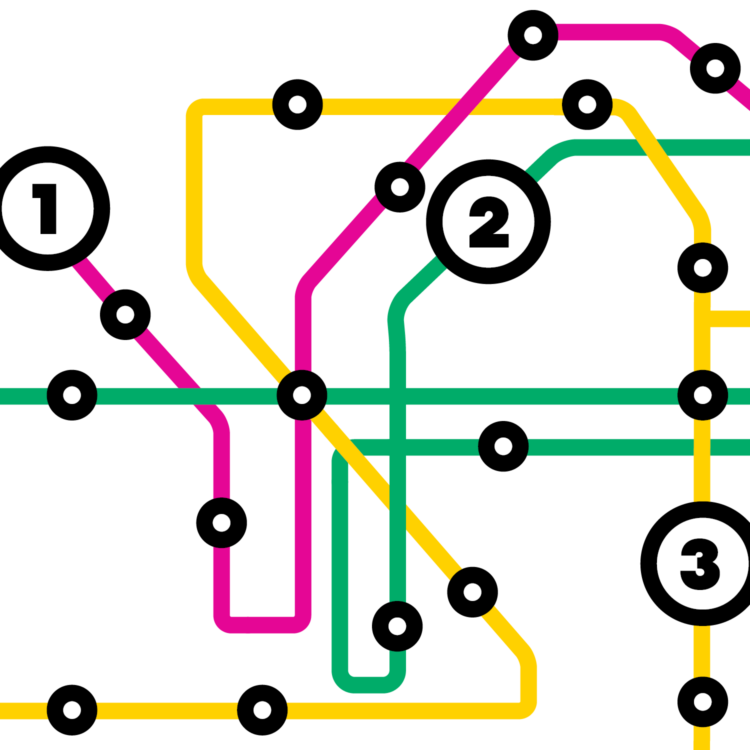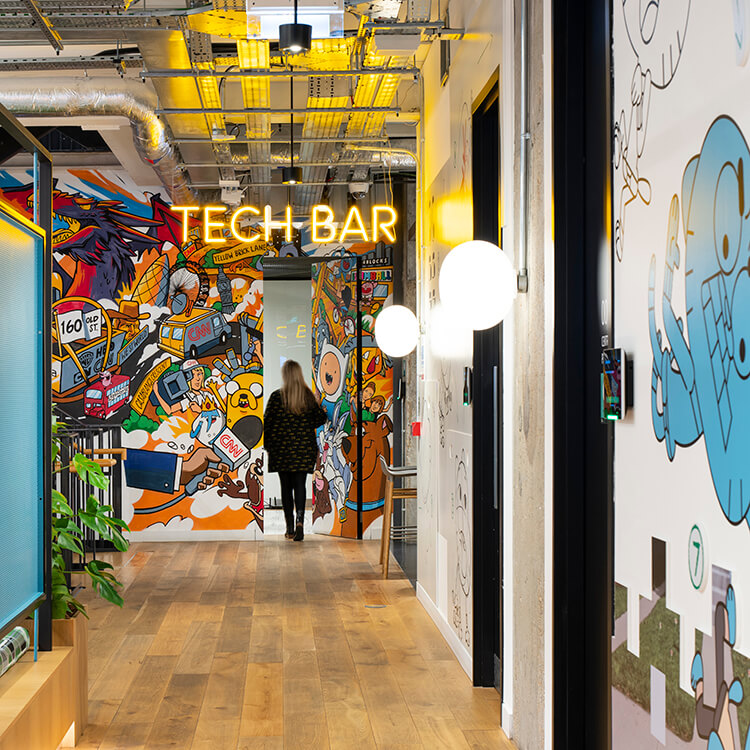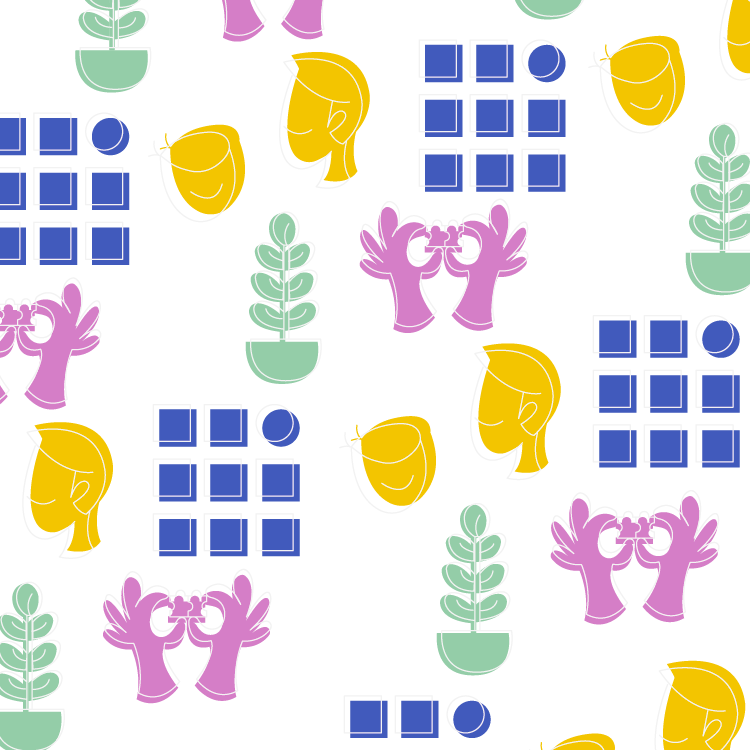Many museums do preserve historic artifacts, but they also provide context for current events. “Over the past decade or so, we’ve shifted our programming as well as our audience-development goals,” says Lori Fogarty of the Oakland Museum of California. “We identified social cohesion as the critical issue we are uniquely poised to address.” The change was driven in part by improvements to the institution’s physical structures and landscaping—like two new entrances, native plantings, and an outdoor stage—but also by a more modern approach to programming and curation. With exhibitions and programs on timely topics like immigration, marijuana legalization, and the Black Power movement, the museum fosters a more complete understanding of the present and helps inform the future.
Why it’s time to rethink everything you thought you knew about museums
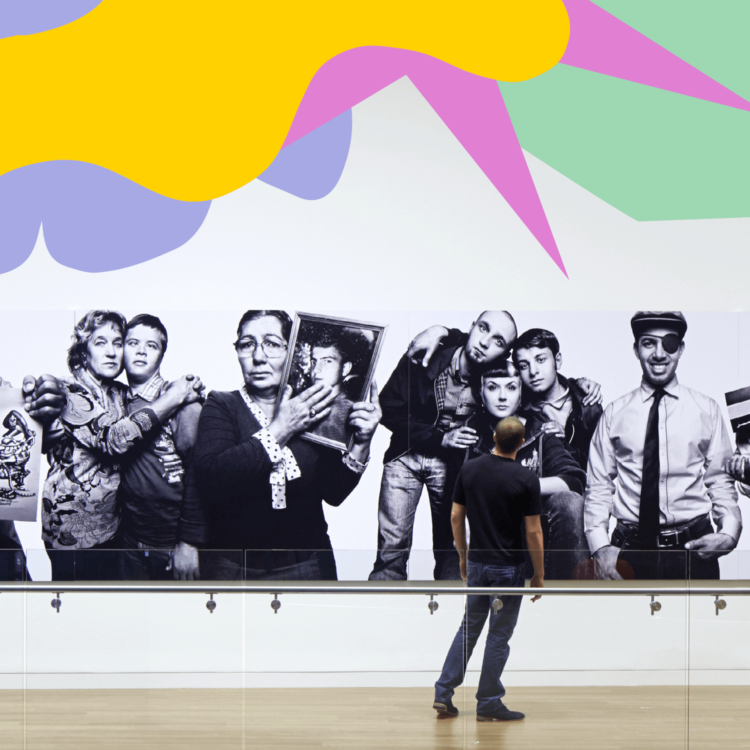
True or false: When you think of a museum, you picture a silent gallery of European antiquities or roped-off walls of look-but-don’t-touch Americana. If you said “true,” there’s good reason; even Merriam-Webster defines a museum as “a place where objects are exhibited.” Affixed to this stereotype is the perception that museums are boring. And, given some museums’ diversity problem—a 2019 study published in the journal PLoS One found that major U.S. art museums feature mostly white, male artists—it’s no wonder. Many people simply find them unrelatable.
The good news? All of that is changing. Here are four ways museums are transforming to reflect and support a modern and inclusive world:
